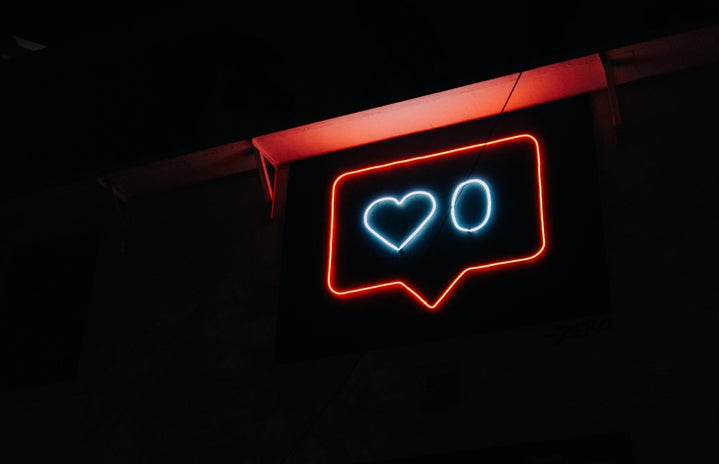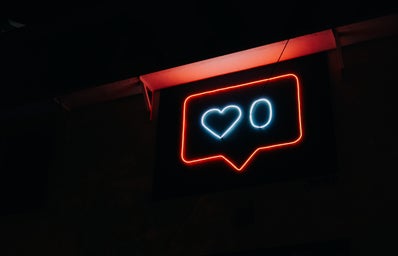On the 13th November 2015, at around 10pm, the world started hearing snippets of a French tragedy. I had been sat gaming obliviously on my laptop when I decided to check Facebook and saw the top trending news: Paris. As I hovered my mouse over the link, expecting some stupid headline about another celebrity, my mouth fell open in a gasp.
I spent the rest of my night watching the news closely, all thoughts of Skyrim forgotten. The first few reports were very vague, but it was clear that there had been multiple organised attacks across the city. As the night went on, the number of people reported dead kept rising. It was 26. 42. Two days later, and that number is officially 129 dead, 352 injured.
Because of our distance from the events, everything was learned via the news and social media. At around 11pm, watching the news coming in was getting very frustrating. The first few reports were vague, and I don’t think I realised at that moment that the situation was ongoing; even the people in Paris were caught up in the confusion. I kept waiting for the violent reports to end. Instead, they just kept coming.
Next, I heard that there was still an ongoing hostage situation in a concert hall, the Bataclan, where Californian band Eagles of Death Metal had been playing. Shootings had been reported. This was when I became truly aware that I wasn’t the only one in the world sat behind a screen, waiting for news to come but dreading it simultaneously; hoping beyond hope that the end would be soon. I was one of many. Together we sat and waited.
My Instagram feed slowly changed from photos of cute animals and pretty clothes to one picture that would be shown all over the world accompanied by one hastag: #prayforparis. The design, ‘Peace for Paris’, was created by graphic designer Jean Jullien and subsequently has been seen all over the internet. Perhaps the beautiful simplicity of the design is where its success stems from, or maybe it’s because even whilst it was being drawn up, events were still unfolding in the French capital. Either way, this one image brought people together and gave them a symbol to unite behind. Next the British prime minister himself, our very own Mr David Cameron, extended his hand to France, but the way he chose to do this was via Twitter: “I am shocked by events in Paris tonight. Our thoughts and prayers are with the French people. We will do whatever we can to help.” This was followed by a tweet from the Archbishop of Canterbury: “Tragic Paris, desperate news of deep tragedy, with heart break for so many. We weep with those affected, pray for deliverance and justice.”
It struck me how bizarre this was. Maybe I was just very ignorant, but I didn’t even realise that the Archbishop of Canterbury had Twitter. And I certainly wasn’t expecting an initial offer of help from our PM to come from a social media website. At first I thought it to be quite sad, but as I pondered it some more, I had a change of heart. It made everything somewhat more human. These weren’t official statements from a Government per say, but they were still public. More than that, they seemed heartfelt. Individual. Meaningful. And it was still a promise. I returned to Facebook to see a post shared by a fellow Her Campus writer about a new hashtag that had sprung into action. #Porteouverte was a warm invite in what appeared to be a city in chaos. French for ‘open door’, it was a welcome to those seeking shelter, sent by Parisian residents close to the shootings. Would such individual offers of help have been possible without social media? I doubt it.
Facebook itself was trying to help: a check-in system was put in place for those in Paris to communicate to their friends and families that they were safe, which has been used for other disasters since the 25th April this year. It was comforting to see people we knew were safe, even if we didn’t know them that well. One click can save dozens of panicked phone calls. There were no such check-ins available during the 7/7 bombings in London and the 9/11 bombings in New York. There was only one way to see those events: on your TV hours after everything had already happened. Despite my annoyance at the trickling of information that night, I knew more while events were unfolding in Paris than I did during previous similar disasters.
Then the streams of red, white and blue started appearing on my Facebook feed as people temporarily changed their profile pictures to incorporate the French flag to symbolise solidarity. The losses were not only felt by France, but social media ensured that we were in this together. We watched as photos from landmarks around the world were lit up in tribute and Barack Obama made an announcement later that night (in a more traditional speech rather than on Twitter). “This is an attack not just on Paris. It’s an attack not just on the people of France. But this is an attack on all of humanity and the universal values we share.” This resonated with those of us waiting anxiously on our various devices across the world. We were all reeling from this attack.
Social media at its best: bringing us together in the darkest of times for the City of Light. But as always, there are two sides of every coin. Another hash-tag was circulating online, this time with Islamic State Supporters: #باريس_تشتعل, which can be translated roughly to #parisisfire and was celebrating the atrocities.
Terrorist groups have shown themselves to be adept with technology and social media, hiding their activities but efficiently spreading their propaganda videos and messages online. It’s hardly suprising – if my mum can work out how to use Facebook or Instagram or Twitter, then anyone can (no offense mum). It‘s clear to me that social media has been used extensively to rally soldiers on both sides of the fight. Social media is here to stay. It has permeated not only into our daily lives, but also into the wars our countries fight.
Edited by Naomi Upton
Image sources:
http://www.bbc.co.uk/news/live/world-europe-34815972
http://www.wired.com/2015/11/jean-jullien-peace-for-paris/

